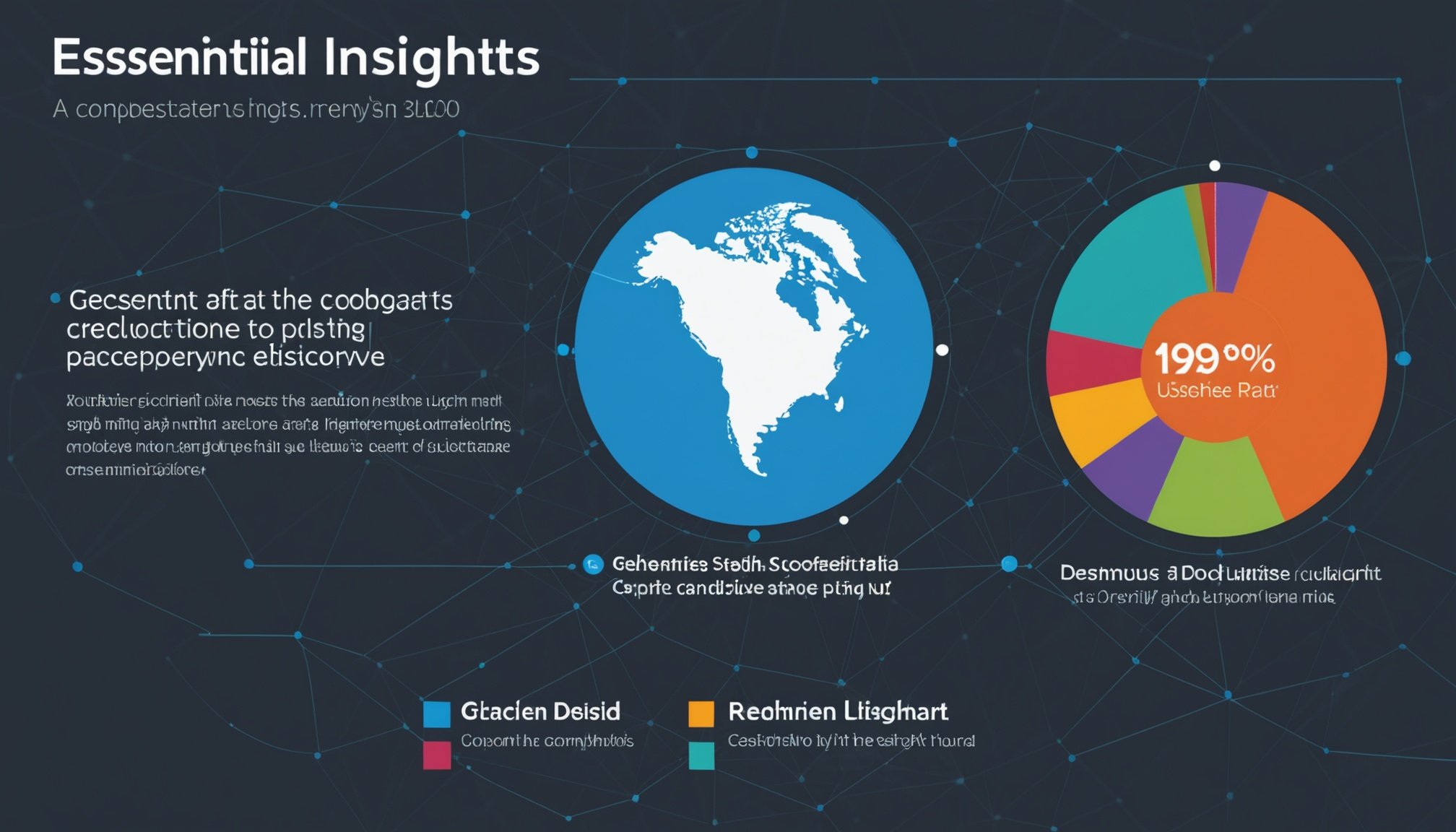Key Trends in [Main Topic]
Recent trends in the field reveal transformative shifts driven by technological and societal changes. Key findings from current data analysis illustrate these developments vividly. The introduction of artificial intelligence and machine learning has become a cornerstone in various industries, influencing everything from healthcare to automotive sectors.
Statistical analysis, crucial to understanding these trends, shows a significant increase in the adoption of AI technologies. For instance, since 2020, there has been an average annual rise of 15% in AI deployment in manufacturing. This data underscores a growing reliance on technology to enhance efficiency and innovation.
This might interest you : The Value of Expert Insights: Why They Matter
The implications extend far beyond mere statistics. Industries integrating AI experience improved productivity and cost reductions, reshaping market dynamics. Audiences engaging with these technologies also benefit, experiencing enhanced products and services tailored to specific needs.
Moreover, the evolving landscape mandates professionals to stay ahead of these trends, emphasising continuous learning and adaptation. The ability to harness insights from data analysis ensures a competitive edge, allowing businesses to navigate the complexities of modern demands efficiently. Current data suggests that those informed and prepared are best positioned to capitalise on emerging opportunities.
Also to read : Essential Insights for 2024 and the Future: What Lies Ahead
Expert Opinions and Analysis
Understanding key trends in a field often involves integrating diverse expert insights. These experts provide nuanced opinions and detailed analysis, which is crucial for contextualising current developments.
Expert Commentary
Leading professionals have identified themes around the accelerated advancement of AI technologies. Their perspectives shed light on the potential for innovation and strategic evolution within sectors like manufacturing and healthcare. As experts correlate AI’s rise with improved operational efficiency, they highlight the importance of adapting organisational structures to more seamlessly integrate these technologies.
Case Studies
Analysing case studies becomes vital in illustrating these expert opinions. For instance, a renowned tech company increased productivity by 23% through AI integration, serving as a testament to AI’s transformative potential. Such examples provide tangible evidence of the lessons learned and how these insights redefine industry-oriented best practices.
Theoretical Frameworks
Theoretical approaches offer a structured lens through which expert analysis is further refined. Theories like system dynamics provide frameworks that help anticipate industry shifts, focusing on the importance of real-time data utilisation. Understanding these frameworks allows practitioners to apply AI-related insights effectively, ensuring alignment with both current demands and emerging market conditions.
Actionable Takeaways
In applying the insights gleaned from expert analysis, several practical applications and guidance emerge for businesses and professionals aiming to stay competitive. Leveraging technological advancements like AI within one’s industry can lead to significant efficiencies. The key takeaway here is the necessity for organisations to adapt proactively, harnessing AI to enhance productivity and customer satisfaction.
- Engage in continuous learning and skill development; understanding AI and its applications across various sectors is crucial.
- Collaborate with tech experts to tailor AI solutions, ensuring seamless integration into existing systems.
- Regularly evaluate the performance of AI initiatives and adjust strategies accordingly to meet evolving market needs.
Utilising these strategies not only prepares professionals for current demands but also sets a foundation for future innovation. The importance of informed decision-making, backed by data and expert insights, cannot be overstated. Organisations must foster a culture of agility and innovation, leveraging insights for strategic planning. Accessible tools and resources, such as online courses on AI and trend analysis, can facilitate this transformation, providing a structured approach to enhance organisational capability.
Visual Data Representation
The effective use of infographics and charts can transform complex data into easily digestible insights. These visual tools not only enhance comprehension but also facilitate the quick identification of key trends and patterns. The intricate data analysis involved in the identification of trends is often better understood when represented visually.
Key Infographics
Infographics play a vital role by highlighting essential data related to key findings, making them easily understandable at a glance. For instance, an infographic that details the statistical data supporting the rise of AI in industries can illuminate which sectors are experiencing the most substantial growth.
Comparative Charts
Comparative charts can provide further layers of understanding by juxtaposing different datasets or themes. This method allows for a visual analysis of contrasting data points, such as comparing AI adoption rates across various sectors, thus revealing sector-specific trends more clearly.
Visual representation not only makes data more accessible but also helps in quickly grasping the broader implications of these trends. It supports industry professionals to visualise and interpret their immediate environment, ensuring they remain agile and responsive to emerging market conditions.
References and Further Reading
For a deeper dive into the topics discussed, exploring reliable sources is essential. A well-researched foundation can validate the key trends and expert insights presented. Engaging with the right materials can significantly expand understanding and appreciation for the discussed subject matter.
Sources to Consider:
-
Industry reports and white papers from leading research bodies offer a comprehensive view of ongoing developments. They provide robust data analysis, encapsulating crucial trends and statistical findings.
-
Books authored by thought leaders in the field equip readers with strategic perspectives and expert opinions, crucial for contextualising prevailing themes in current events.
-
Academic journals are invaluable, presenting peer-reviewed studies that underpin theoretical frameworks. They facilitate a deeper understanding of practical applications and the import of contextual theoretical insights.
Suggested Readings:
- Articles that present case studies reflecting noteworthy best practices. Such resources elucidate the lessons learned and their implications for future innovation.
Incorporating these materials makes information more accessible and allows readers to correlate data, analysis, and expert insights effectively, offering a path toward informed decision-making. Accurate and context-rich sources form the backbone of validating and exploring the insights covered in our analysis.



